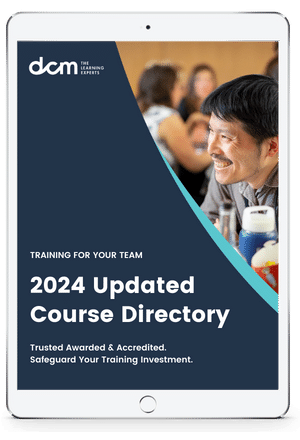Success in today’s global marketplace hinges upon an organization’s ability to deliver value, both to its customers and to its employees. Organizations need to find ways to move faster and deliver higher quality products and services to customers while providing the structure and stability to promote a healthy organizational culture.
This is no small feat, and it cannot be accomplished through slow-moving, traditional corporate structures. To survive, organizations across the world are adopting the smarter, more efficient methods used by fast-moving, high-growth companies.
Agile and Lean methodologies are being called upon to help businesses move faster and produce higher-quality offerings in sustainable, healthy work environments. Because they are implemented differently in different teams, organizations, and industries, there’s a lot of confusion about the distinctions between these methodologies and the practices associated with them.
Agile and Lean: Compare and Contrast
Goals
The goal of Agile is ultimately to make the developing process flexible, which is done by delivering in small, frequent iterations. The goal of Lean is to make the developing process sustainable, which is done by continuously improving processes. Listening to and incorporating customer feedback is at the core of both Agile and Lean.
Action loops and measures of progress
Agile teams work in feature-focused iterations, with a pre-defined definition of “done” as the measure of progress for each iteration. The Agile Manifesto defines “working software” as a primary measure of progress. Outside of software, progress can be measured by the successful deployment of a specific deliverable or product.
Lean teams operate in a cycle of “Build-Measure-Learn,” defining progress as validated learning. Compared to the iterative model of Agile, Lean development involves testing, measuring, and validating hypotheses based on trends in the market and past work. When planning and prioritizing work, Lean teams focus on efforts that would provide the greatest value to the customer. They continuously identify ways to reduce waste while maximizing customer value.
Tools
Many Lean teams use Kanban boards to visualize and manage their workflows. They also use Kaizen, a continuous improvement method, to habitually identify and remove waste. Drawing influences from Lean, Agile principles incorporate elements of continuous improvement as well. Many Agile teams use Kaizen to improve their processes.
Agile teams also use Kanban to visualize the flow of work required to release a specific iteration of a product or feature. Applying Kanban flow to Agile has helped teams work through places where iterative development in Agile has struggled. Different from Lean, Agile teams also use tools like user story mapping, acceptance tests, and sprints.
Agile and Lean at Scale
Over time, different department and team types have found new and unique ways to implement Lean and Agile principles. In some organizations, business teams adopt Lean while the IT department practices Agile. In others, teams practice a Lean-Agile hybrid, taking elements from both methodologies. Because there is no single, defined way to “do” Lean or Agile, organizations often confuse the two, which can be problematic when trying to scale a consistent practice across an organization.
Agile has been proven effective at the team level, but does not provide a framework for managing work across cross-functional teams, or scaling planning and prioritization at the team, project, and portfolio levels.
Expanding the application of Agile methods to the entire product creation process requires using a Lean framework that includes:
- Empowered cross-functional teams- Use of continuous improvement methods
- Utilizing managers as mentors and teachers
Agile focuses on evolving products to better meet customer requirements, but it does not address how to evolve processes to better support the evolution of the product. This is where Kaizen, a Lean method for continuous improvement, comes into play.
Kaizen focuses on improving processes that enable Agile teams and organizations to reach their goals of frequent, iterative value delivery.
Agile and Lean: Better Together
Although often treated as distinct methodologies, Agile and Lean are rooted in similar values. These methodologies have evolved as they’ve expanded into new industries, applications, and opportunities, and many organizations have been incredibly successful in drawing from elements of both. Using the systems thinking, continuous improvement approach of Lean, Agile development practices can be used to help organizations build healthy, innovative organizations that sustainably deliver customer value.
Source: Planview





